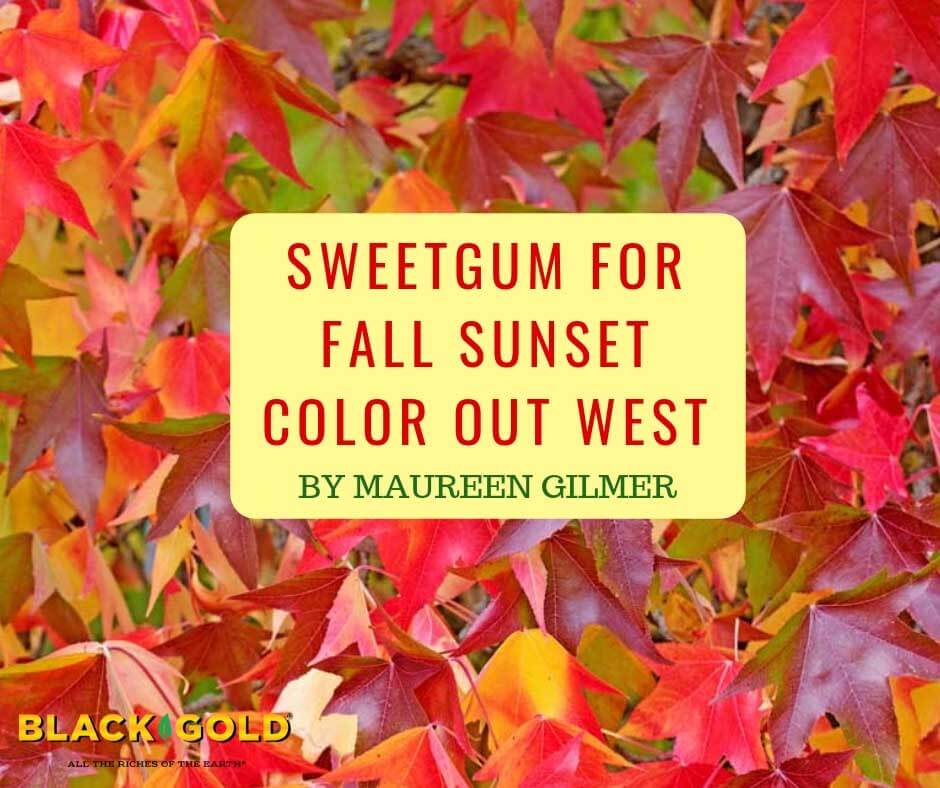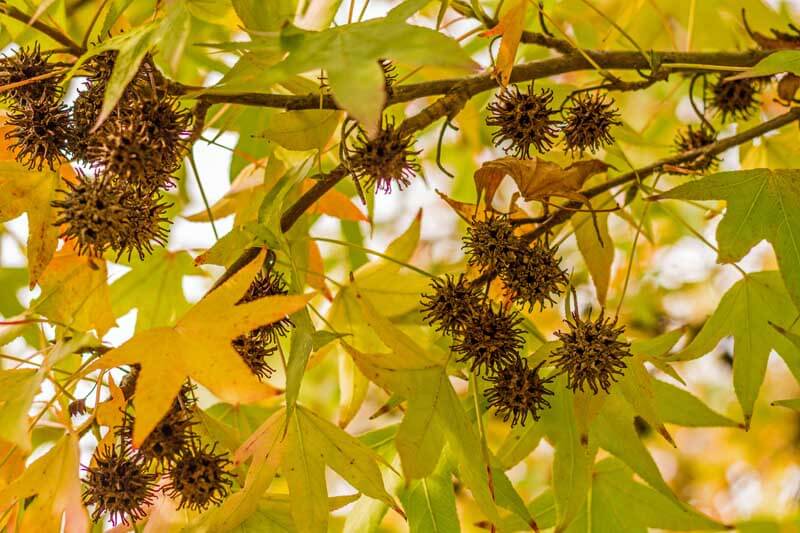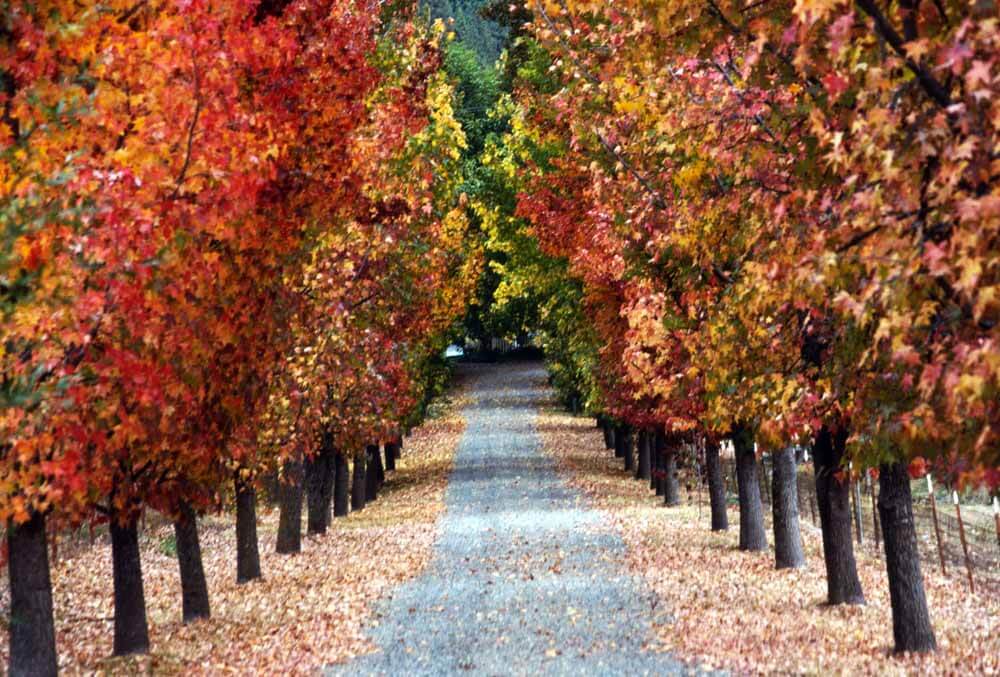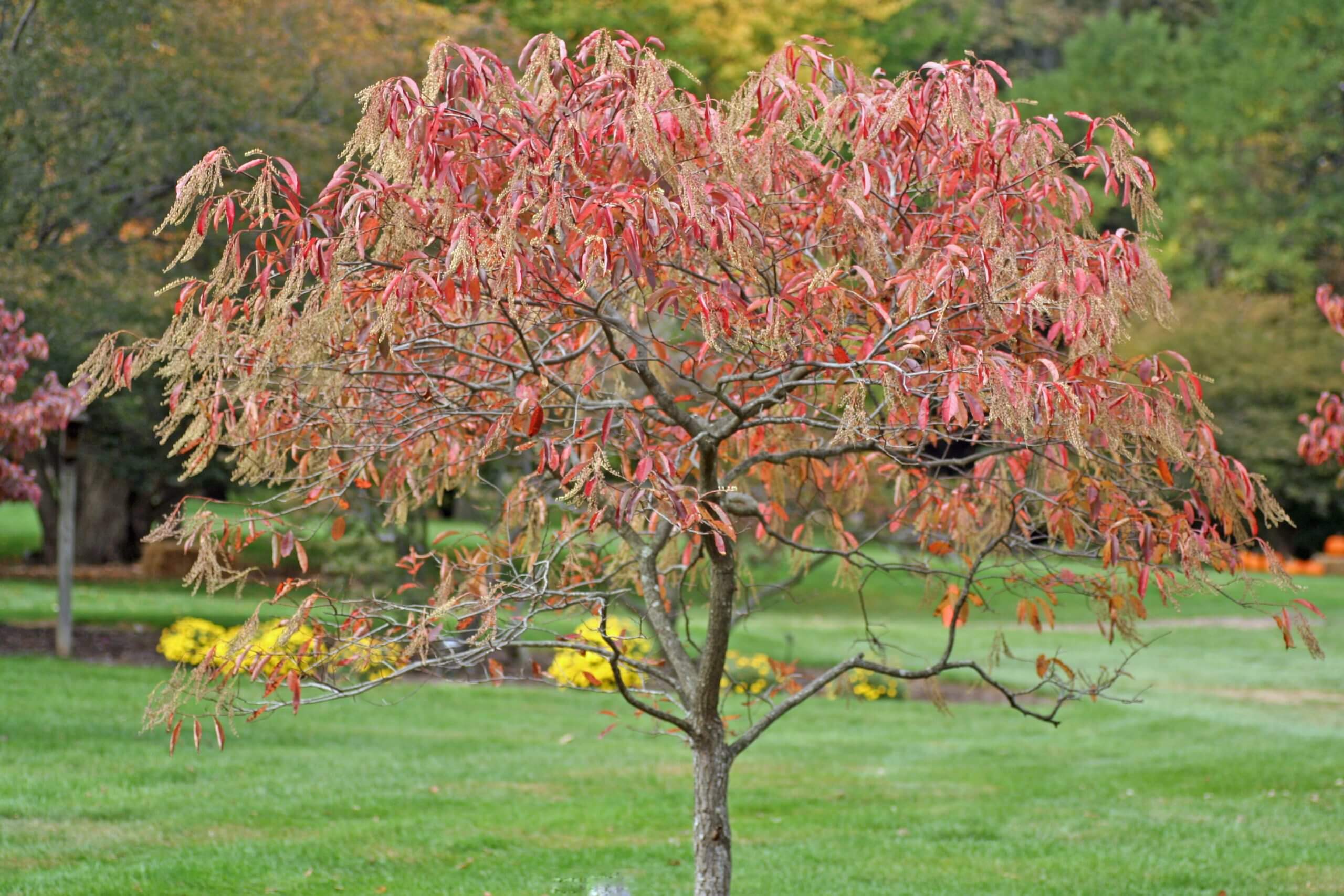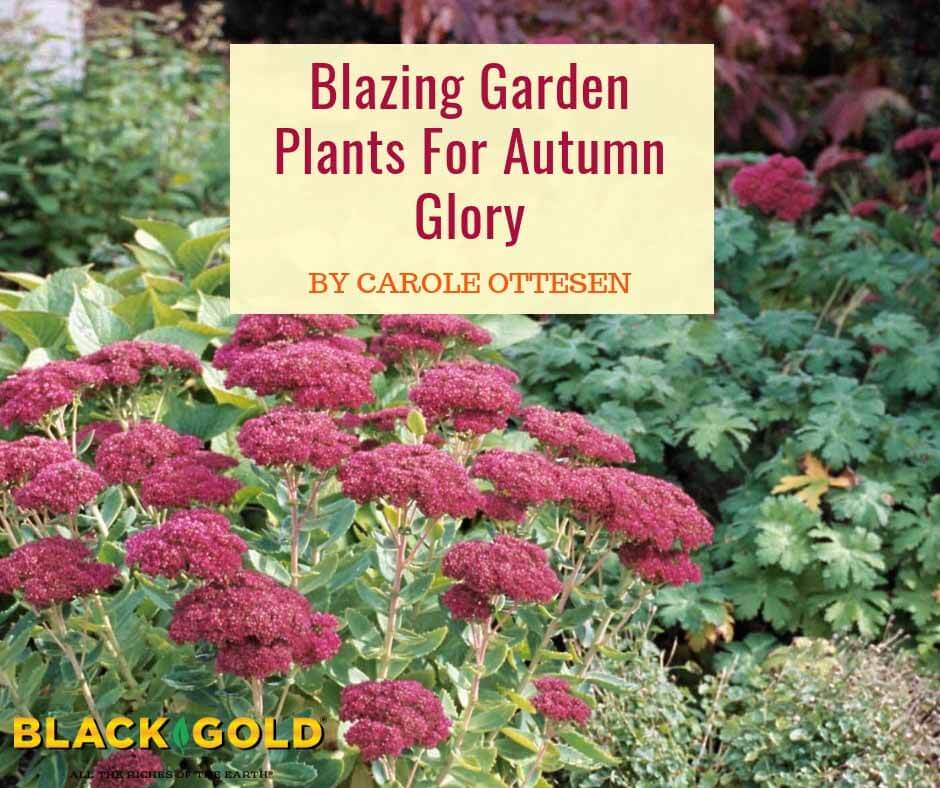
In the fall, many plants begin to wither and fade away quietly from the garden. Some pass so gently into dormancy that we often don’t notice their departures. Happily, there are other high-spirited exceptions that refuse to exit meekly. Instead, they fire up their flowers, fruits, and foliage to keep the garden showy late into the year. These individuals—perennials, shrubs, and trees–wait until the end of the growing season to put on flamboyant autumn displays, going into winter in a blaze of glory.
Colorful Garden Plants for Autumn
Bluestars
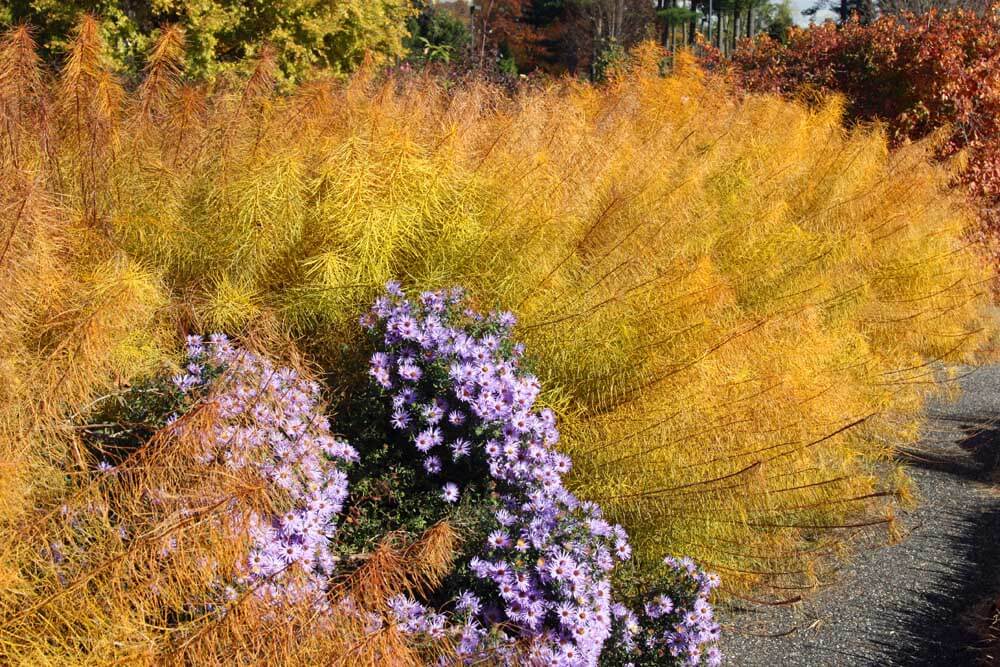
The bushy eastern bluestar (Amsonia tabernaemontana, USDA Hardiness Zones 4-9) and fine-leaved Hubricht’s bluestar (T. hubrichtii, Zones 5-9) are quiet individuals in the spring and summer garden. They produce spring flowers of the gentlest blue and feathery mounds of summer foliage in an unobtrusive Garden-of-Eden green. Then, one fine autumn day these retiring beauties undergo a stunning metamorphosis. Suddenly, bluestar’s green foliage radiates a dazzling, show-stopping golden orange. There is a miniature, spreading, fine-leaved form, called ‘Georgia Pancake’ (Amsonia ciliata var. filifolia ‘Georgia Pancake’, Zones 4-9) that reaches only about 6 inches tall and spreads to 2 feet wide and is equally attractive in fall.
Deer resistant bluestars grow to a bushy 3 feet tall by 4 feet wide when grown in average soil and full to partial sun. At planting time give them a boost by amending their soil with Black Gold Garden Soil, which has a little added fertilizer to get plants off to a great start.
Tall Sedum

In spring, perennial Autumn Joy sedum (Sedum telephium ‘Autumn Joy’, zones 3-8) becomes a neat, round, 18-inch mound of succulent, pale green leaves. In mid to late summer, stems of domed, pink flower heads cover the clump and are bee and butterfly magnets. As the season progresses, the color of the aging flowerheads deepen until in late fall when they radiate deep rose-red. After frost, the flowers turn rich copper. Another exceptional tall sedum is the knock-your-socks-off ‘Mr. Goodbud‘ (Sedum telephium ‘Mr. Goodbud’, zones 4-9), an award-winner that is slightly shorter and has brilliant domed flower heads of purplish-pink.
Tall sedums prefer full sun. As long as their soil is well-drained and holds average moisture, they will grow well.
Little Bluestem

Sun-loving little bluestem Blue Heaven™ (Schizachyrium scoparium Blue Heaven™ ‘MinnblueA’, zones 3-9) grows into an upright, 2-4-foot clump with soft gray blades that are streaked with sky blue and tipped with dusty purple. This well-behaved grass maintains its discrete coloring until the days begin to shorten. Then, its quiet hues flame a fiery burgundy-red that turn orange-brown as they dry.
Blue Heaven little bluestem prefers full sun and grows best in average, well-drained soil. In the heat of summer, it will take drought.
American Beautyberry
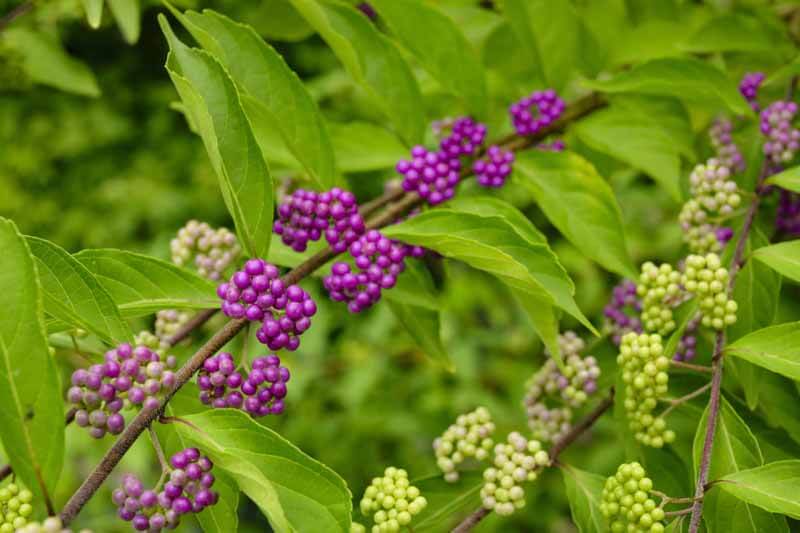
Our native (Callicarpa americana, zones 6-9) is a fast-growing shrub that reaches 3-6 feet tall and wide. Its shy, lavender or white summer flowers usually go unnoticed. It isn’t until autumn that this native lives up to its name. It becomes a showy beauty when the insignificant flowers ripen into glowing purple berries that encircle the stems like jeweled bracelets. A bird favorite, beautyberry shows its finest when grown in full sun to partial shade and moister garden soil amended with Black Gold Canadian Sphagnum Peat Moss. As long as its berries are not snapped up by birds, they remain attractive until early winter.
Staghorn Sumac

Sumac Tiger Eyes (Rhus typhina Tiger Eyes® ‘Bailtiger’, zones 4-8) never suffers a dull day during the growing season. In spring, finely cut, bright golden-yellow leaves stand against the pink stems of this shrub and make it a colorful standout from the moment its leaves first emerge. It stays colorful into summer, though the leaves may revert to green. Then, in fall, the foliage of Tiger Eyes® converts to riveting oranges and scarlets, putting on a display that is an extravaganza of dazzling, brilliant color. It may also produce spires of deep reddish-orange fruits that will stay attractive into winter.
This fast-growing North American small tree quickly reaches 4-6 feet tall and wide in full to partial sun. It is drought-resistant and tolerates poorer soils but still appreciates a soil amendment, like peat moss, at planting time.
Sweetspire
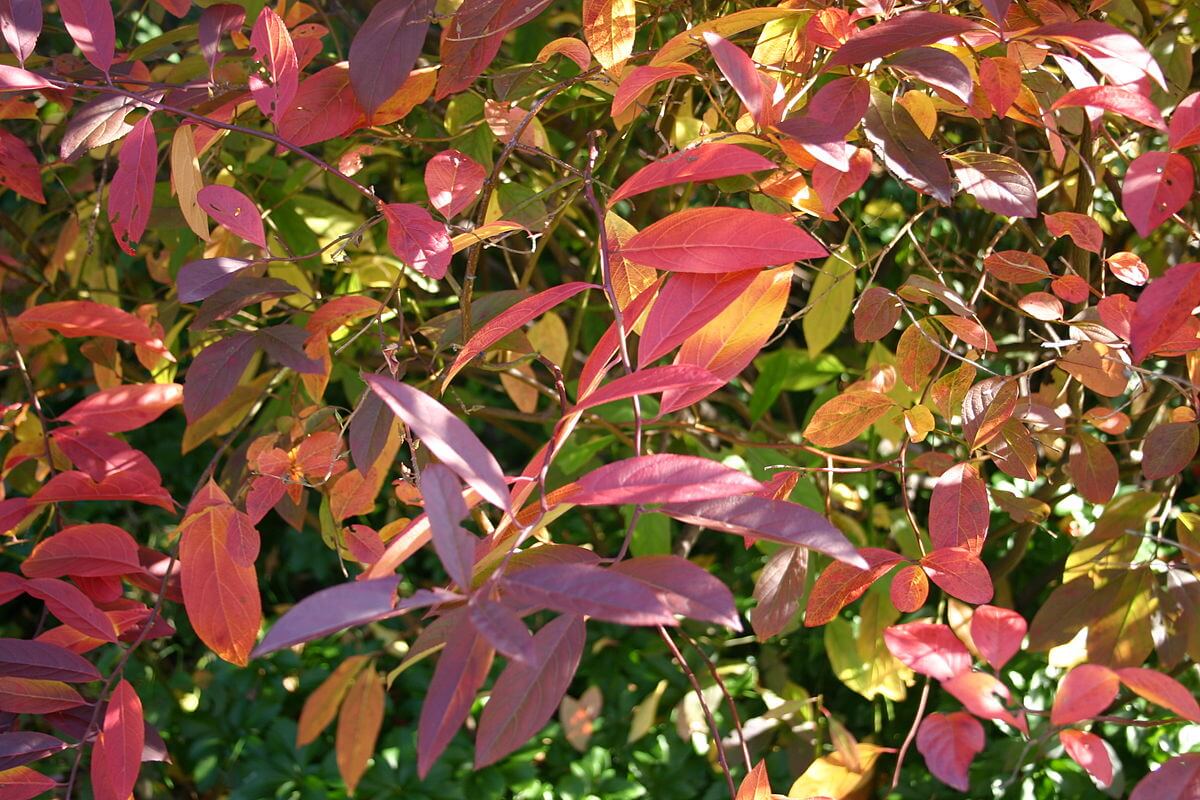
Little Henry dwarf sweetspire (Itea virginica ‘Little Henry’, zones 5-9) is a great all-purpose shrub that thrives in the sun or shade and looks fine massed in a border or as a foundation plant. It can even naturalize in a woodland. This petite, 3-4-foot-tall shrub tolerates periods of drought as well as moist soil.
Drooping, elongated clusters of fragrant, ivory flowers blanket the plant in early summer, attracting hordes of butterflies. The clean, shiny, green foliage is free from serious disease and insect problems and unappealing to deer. In fall, Little Henry’s shiny green leaves turn shades of flamboyant orange before deepening to glowing garnet-red. Its color is most vibrant when the shrubs are grown in sunnier locations.
Spectacular garden plants that look good through summer, but also to put on vivid displays in fall, are doubly cherished. They extend a garden’s showy season by going out in a blaze of glory.



